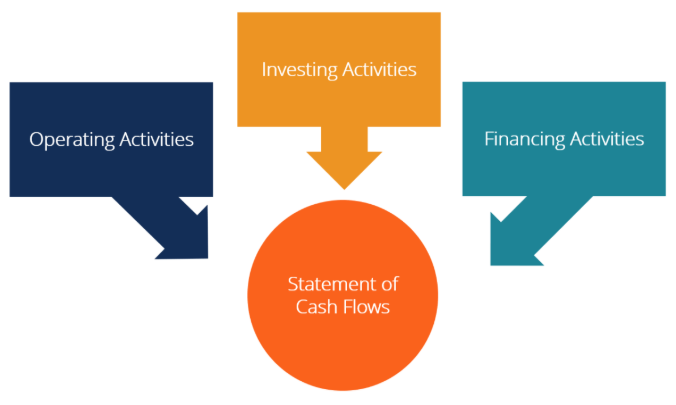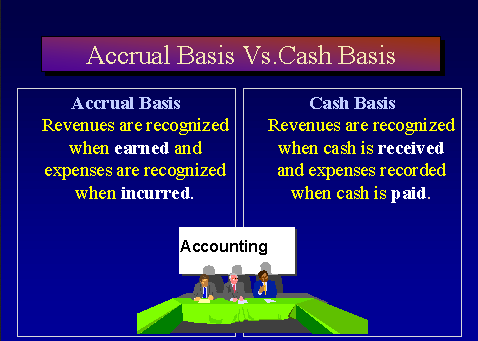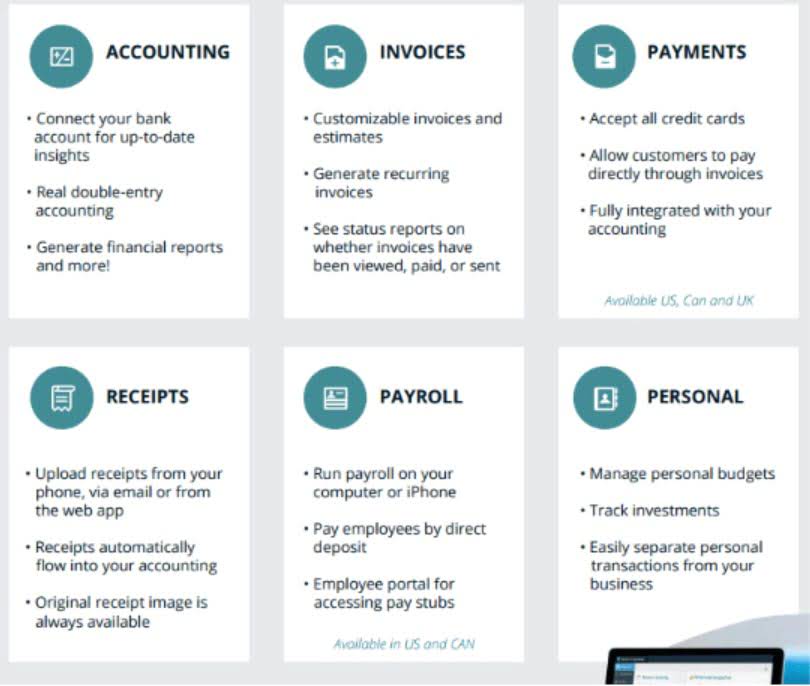Content
A company can be endowed with assets and profitability but may fall short of liquidity if its assets cannot be readily converted into cash. Positive working capital is required to ensure that a firm is able to continue its operations and that it has sufficient funds to satisfy both maturing short-term debt and upcoming operational expenses. The management of working capital involves managing inventories, accounts receivable and payable, and cash. In the example below, to calculate A/P turnover, we would take cost of goods sold of $350,000 and divide by average accounts payable. To calculate average accounts payable, we take A/P of $20,000 in Year 2 and $24,000 in Year 3, which equals an average of $22,000.

It is the amount of money that ensures that the business can pay its short term debts and bills like employees’ salaries. Determine your net annual sales by adding up your returns, allowances, and discounts. It is extremely useful for the management, as it helps them ascertain the firm’s ability to make use of its current resources in facilitating its turnover. A lower ratio implies that the sales generated are lower than they should be, considering the amount invested in the business by way of working capital. Hence, the management can take necessary steps in order to improve its sales and facilitate growth and development.
What Types of Companies Typically Have Negative Working Capital?
For turnover ratio’s, it is absolutely critical that you remember to take the average balance and not the ending balance from the balance sheet when calculating a turnover ratio. The working capital turnover ratio is used to reveal if a company can support its sales growth with capital. The net operating cycle (NOC), often called the cash conversion cycle (CCC), is the shortest time necessary to convert net current assets and liabilities into cash.
- Working Capital, in essence, refers to a company’s liquidity and financial health.
- Inevitably, some accounts receivable will be uncollectible, and inventory damaged or unsellable.
- This due diligence will help you improve your trade working capital by indicating if a new client is likely to default on payment or pay you on time.
- Manufacturing companies might run a higher ratio, while service providers may not.
Working capital turnover, also known as net sales to working capital, is an efficiency ratio used to measure how the company is using its working capital to support a given level of sales. This ratio shows the relationship between the funds used to finance the company’s operations and the revenues a company generates in return. Working capital turnover measures how efficiently the company is utilizing its working capital to produce a certain level of sales. A managerial accounting strategy focusing on maintaining efficient levels of both components of working capital, current assets, and current liabilities, in respect to each other. Working capital management ensures a company has sufficient cash flow in order to meet its short-term debt obligations and operating expenses.
How to Calculate the Working Capital Turnover Ratio?
Professor Aswath Damodaran discusses non-cash working capital in his classes and many articles. Calculate how much funding you could access through Capchase and how it could improve your key business metrics. Apply now for up to $4M in growth capital, and we’ll find the best financing working capital turns solution to help you achieve your goals. Here at Lighter Capital, we offer SaaS startups non-dilutive revenue-based financing that adapts to the ebbs and flows of your business. Company A is using its working capital funds most efficiently, followed by Company B and then C.
He is a CFA charterholder as well as holding FINRA Series 7, 55 & 63 licenses. He currently researches and teaches economic sociology and the social studies of finance at the Hebrew University in Jerusalem. We are building a truly inclusive global economy where every business has equitable access to low-cost capital. Without loans or paperwork, it’s easier than ever to access more capital to invest in your business. There is no specific amount of working capital that is considered “healthy” for all contractors.
Current assets
In 2022, the 10-year average NWC turnover for commercial contractors was 4.6, while highway construction contractors had an average ratio of 6.7. Although they are more liquid than long-term assets like equipment, short-term assets still take time to convert into cash. Inevitably, some accounts receivable will be uncollectible, and inventory damaged or unsellable. In general, working capital paints a picture of the financial health of the business overall, while cash flow is a better measure of a contractor’s financial health day-to-day — or on a project level. Of course, the working capital formula contains an inherent assumption that contractors can convert current assets into cash quickly.
- Before you can calculate your working capital turnover ratio, you need to figure out your working capital, if you don’t know it already.
- To do so, take your current assets and subtract your total current liabilities.
- For example, if Texas Instruments buys more inventory, that reduces cash because of the purchase.
- Conversely, if a company has a low working capital turnover ratio, they are not efficiently using their working capital to generate sales.
Doing so will show you how you compare against your competitors and will push you to optimize how you use your working capital for peak efficiency. Venture Debt is a financing structure similar to that of a traditional bank loan. It requires fixed monthly interest payments and is used by companies experiencing https://kelleysbookkeeping.com/ rapid growth. In our example, Company A’s working capital is doing exactly that — it’s working for the company. It’s working for the company ten times in a year, while Company B’s working capital is only working six times. It looks like Company A’s money is being made to work harder than Company B’s money is.
A high turnover ratio implies that a company is being extremely efficient in using its working capital (short-term assets and liabilities) to support its efforts to generate more sales. That is the company generates a high revenue price for each dollar of working capital spent. A high turnover ratio shows that management is being very efficient in using a company’s short-term assets and liabilities for supporting sales. In other words, it is generating a higher dollar amount of sales for every dollar of working capital used. A company that consistently has more current liabilities than current assets will not look like an attractive prospect to investors.
- Working capital turnover ratio is an important activity ratio in accounting theory and practice.
- Therefore, we get a negative working capital turnover ratio, which indicates that Target is not generating revenue from its working capital.
- Managing your company’s working capital and cash flow in an efficient and effective manner is crucial for success, especially in the world of startups.
- For example, if three of your close competitors have working capital turnover ratios of 5.5, 4.2 and 5, your ratio of 7 is high because it exceeds theirs.
For example, a working capital turnover ratio of 5 means the company is generating $5 in sales for every $1 in working capital employed. While positive cash flow can lead to an increase in working capital, this is not always the case. For example, if a contractor takes a loan and deposits the funds in the bank, this transaction will improve the company’s cash flow.
Lending institutions — in particular, those issuing traditional financing products, like a bank loan or line of credit — will assess a contractor’s liquidity to determine their creditworthiness. Healthy working capital can often help businesses access higher loan amounts at cheaper rates. To calculate an accurate turnover ratio, time periods for both revenue and net working capital (NWC) should be consistent. NWC is calculated by averaging the working capital balances at the beginning and end of the period.
- It indicates the capital that can directly be utilized to invest in expanding the company’s operations and to support its growth.
- Working capital turnover is a ratio that measures how efficiently a company is using its working capital to support sales and growth.
- A relationship with your financial institution can also be a good hedge against bad debt and a great way to increase working capital.
- Regular inflows and outflows of funds allow the company to invest capital in expansion or inventory.
- Working capital is the money in the business that is used to run its daily operations.
- The basic calculation of working capital is based on the entity’s gross current assets.
The average working capital turnover for another industry may be very different than in yours. Working capital turnover ratio establishes a relationship between the working capital and the turnover(sales) of a firm. In other words, this ratio measures the efficiency of a firm in utilising its working capital in order to support its annual turnover.
Working Capital Turnover Ratios
A higher A/P turnover ratio indicates that the company pays its invoices more quickly than if the A/P turnover ratio was lower. Using the numbers above, the net working capital works out as the difference between the current assets and current liabilities, which equals $95,000. In the world of startups and SaaS business, there are several markers a company can look to in order to determine how successful it is. The first is to compare the calculated ratio with the companies own historical records to spot trends. A stable ratio means that money is flowing in and out of the business smoothly.
Clearly, no firm wants to put itself in a position where it can’t pay staff or its bills, but dipping into negative working capital isn’t necessarily a risky move. While it’s generally not viewed as positive, certain businesses and industries experience periods of negative working capital without feeling a pinch. For example, in hospitality and retail, where POS transactions appear almost instantly, short periods of negative capital don’t matter as much. Conversely, if a company has a low working capital turnover ratio, they are not efficiently using their working capital to generate sales.







